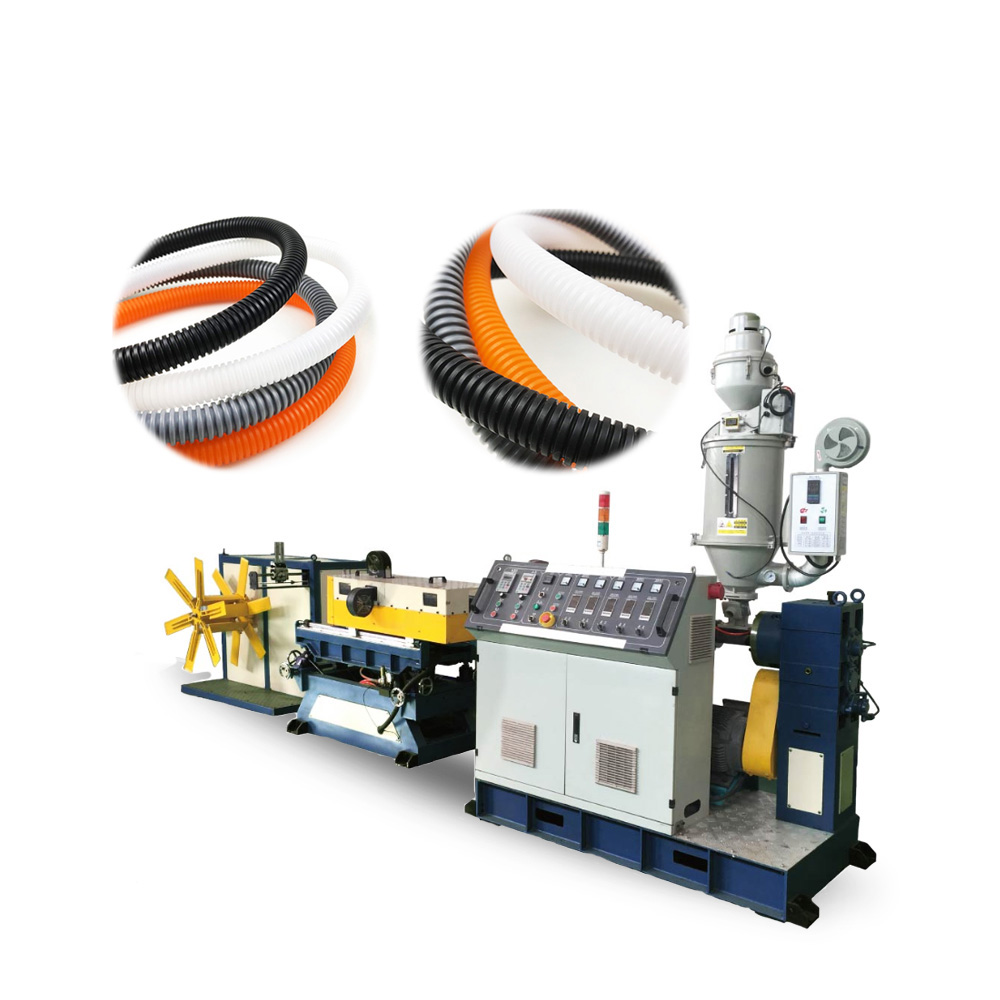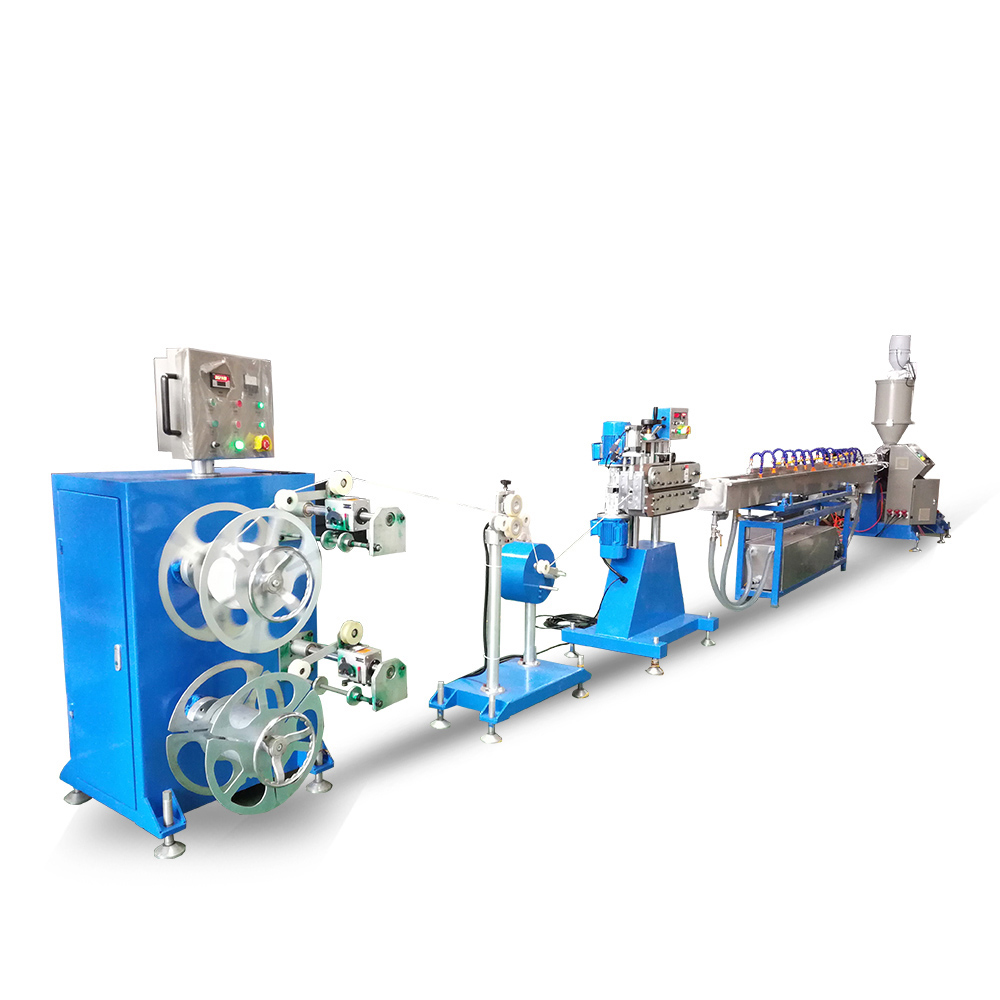© 2018 Zhangjiagang Sevenstars Machinery Co.,Ltd. All rights reserved. Site Map Designed by iwonder.cn privacy policy
Plastic recycling machine factory with 15 years experience
Plastic recycling machine factory with 15 years experience
Commonly extruded materials include metals, polymers, ceramics, concrete, modeling clay, and foodstuffs, such as macaroni and cheese puffs. Here we will focus on the high output use of extrusion to form plastic parts that we use on an everyday basis and for industrial and medical processes.

Definition of Plastics Extrusion
Plastics Extrusion in advanced manufacturing is not simply choosing different colors to push through several basic shapes. Custom Plastic Extrusion can combine the properties of advanced materials to enable specific performance characteristics for plastic tubing or plastic parts, and can form multi-lumen tubing or complex profiles to fit a wide range of applications for commercial, industrial, food processing, filtration, automotive, military and medical/pharmaceutical industries.
Process of Plastics Extrusion
The extrusion process starts by feeding plastic material (pellets, granules, flakes or powders) from a hopper into the barrel of the extruder. The material is gradually melted by the mechanical energy generated by turning screws and by heaters arranged along the barrel. The molten polymer is then forced into a die (typically a metal disc with cutouts or holes), which shapes the polymer into a continuous shape that hardens during cooling. Every step in the extrusion process is critical to defining the performance characteristics of the end product. The science and art of extrusion relies upon experience and extensive quality control using temperature, speed, force, tension and time factors to create a consistent product.

What Plastics Extrusion Produces
Extrusion produces plastic products such as drainage and irrigation pipe, medical fluid and IV tubing, weather-stripping, fencing, deck railings, vinyl siding, window frames, home décor and furniture trim, automotive components, appliance trims and seals, filtration parts, drinking straws, the “zip” strip on re-sealable bags, food processing tubing and rails, plastic films and sheeting, thermoplastic coatings, electrical conduit and cable protectors and wire insulation.
Benefits of Plastics Extrusion
Research and development continue to expand the benefits of extruded products for medical devices, aerospace, and recycling. An advantage of extrusion in manufacturing is that a product can be produced continuously with high output in a conforming shape and then reeled for applications requiring continuous product such as tubing, piping, or film; or parts are cut with high precision to various lengths as needed for a wide variety uses. Secondary operations, such as drilling holes or further shaping, add functionality.
Other Plastics Extrusion
Flexible and rigid plastics can be formed with extrusion. If two or more materials are required to make a product, the co-extrusion process is used. For example, a coextruded tube could have an internal hardened tube through which a cable can be run along with a flexible outer layer to maintain maneuverability. A white drinking straw that has two colors of stripes, requires a total of three extruders to manufacture. Each extruder feeds a different material or variation of the same material into a central co-extrusion die. Co-extrusion can also reduce costs by using recycled and reground scrap inside virgin material for handrails, fences and other applications. In fact, one of the first industrial uses of extrusion was in 1820 when Thomas Hancock invented a process to reclaim rubber scraps.
Why Choose Us
Zhangjiagang Sevenstars Machinery Co.,Ltd, our main products are plastic recycling plant, plastic pipe extrusion lineas well as other auxiliary machinery. Each year, we attend many overseas plastic exhibition in different counties. If you are looking for a reliable merchandise of plastic pipe extrusion line, please contact us now!